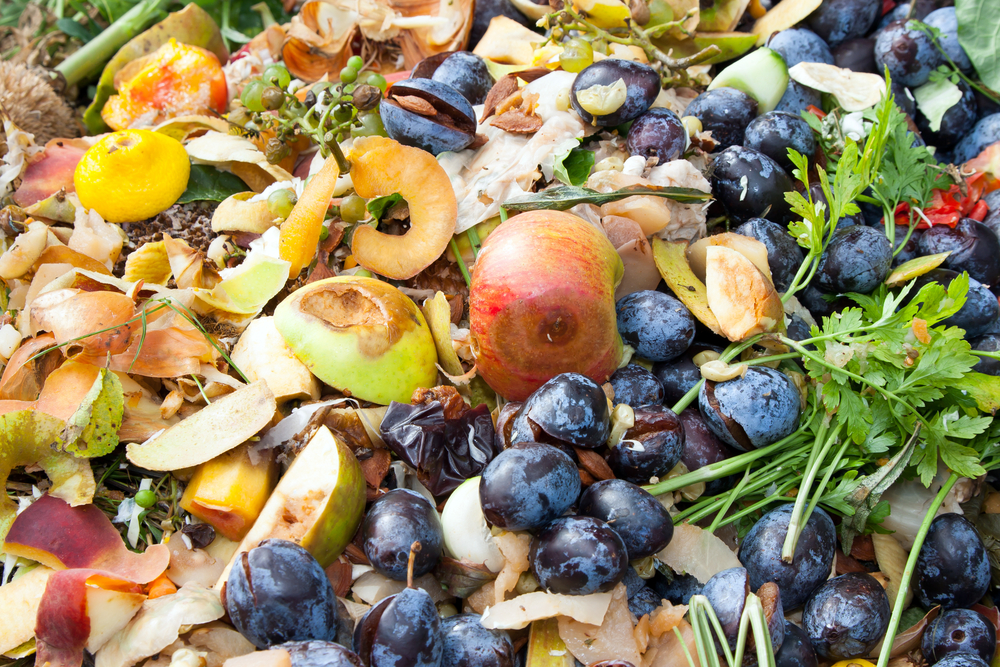
Soon, last night’s leftover meatloaf or chicken casserole can be converted into green energy.
Researchers from Cornell University are utilizing two different processes to convert food waste into green energy, taking advantage of the substantial amount of carbon found in food waste.
“Food waste should have a high value,” lead author Roy Posmanik, a postdoctoral researcher, said in a statement. “We’re treating it as a resource and we’re making marketable products out of it.”
The researchers used hydrothermal liquefaction before anaerobic digestion to extract virtually all of the energy from the food waste.
The waste is basically pressure cooked in hydrothermal liquefaction to produce a crude bio-oil that can be refined into biofuel.
The remaining food waste is in an aqueous state and is anaerobically digested by microbes within days. The microbes convert the waste into methane, which can be used to produce commercial amounts of electricity and heat.
“If you used just anaerobic digestion, you would wait weeks to turn the food waste into energy,” Posmanik said. “The aqueous product from hydrothermal processing is much better for bugs in anaerobic digestion than using the raw biomass directly.
“Combining hydrothermal processing and anaerobic digestion is more efficient and faster,” he added. “We’re talking about minutes in hydrothermal liquefaction and a few days in an anaerobic digester.”
According to the U.S. Department of Agriculture, food waste is the single largest component going into municipal landfills in the U.S.
The Food and Agriculture Organization of the United Nations also said about 1.3 billion tons—accounting for one-third of the world’s food—is lost or wasted.
Industrialized nations account for about $680 billion annually in food waste.
Compositing and digestion of food waste is also notoriously inefficient and slow.
“We must reduce the amount of stuff we landfill, and we must reduce our carbon footprint, Posmanik said. “If we don’t have to extract oil out of the ground to run cars or if we’re using anaerobic digestion to make green electricity, we’re enhancing energy and food security.”




